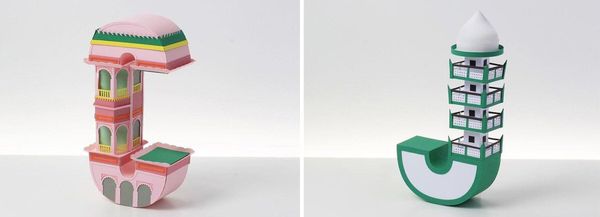Brutalism transforming into abstract forms—this is how Kevin Campean’s photo series can be described, which shows the not-so-popular city center of Satu Mare from a new perspective. Let’s see!
Kevin is currently strengthening the creative team of Limelight in Budapest, where he mainly works in the field of light installations and 3D projection mapping. Besides his applied work, he uses photography as a means of recreation; this is also how his photo series on the city center of Satu Mare was born.
Kevin’s family is originally from Transylvania, but his parents moved to Germany, where Kevin was born. However, they had to leave the country soon after, and Hungary became their final destination. Due to his roots, the artist often traveled to Satu Mare, where he always visited the “new” main square built in the eighties.

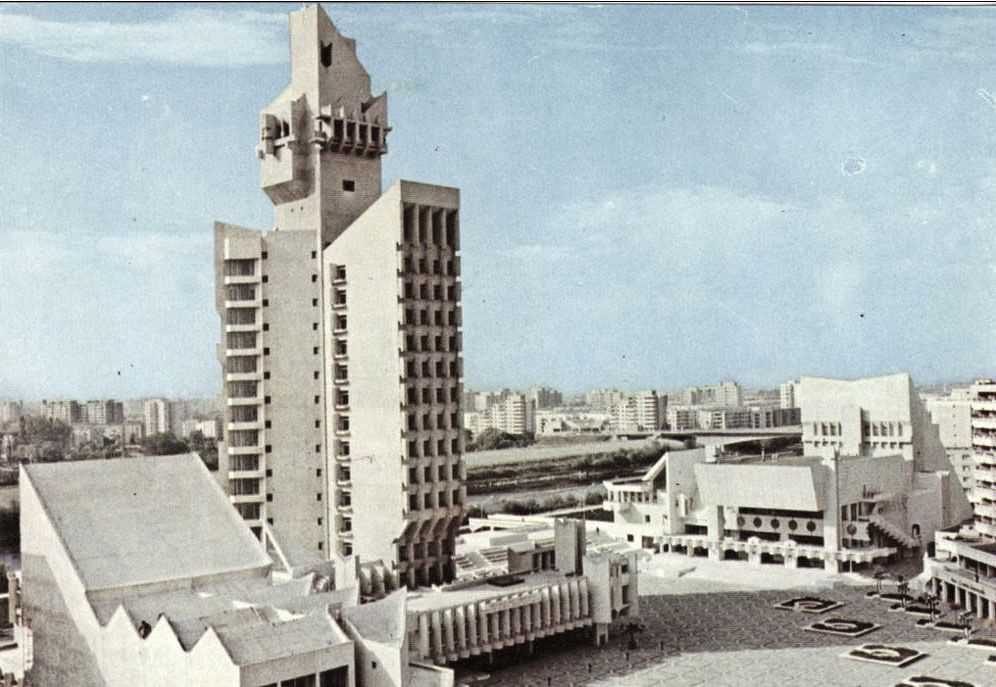
After the unification of the formerly Hungarian settlements Szatmár and Németi, this main square became the center of a new city called Szatmárnémeti and later Satu Mare. The square includes a park and used to give home to markets as well. The county hall and the mayor’s office were also located here, but during the times of communism—as if erasing the memories of the old days—leaders began to build a new city center in the seventies, not very far from the old one. The building complex, which was then considered a “masterpiece” of socialist architecture, was designed by Romanian architect Nicolae Porumbescu.
As Kevin has also told us, the new main square was never liked by locals, for understandable reasons, but when it comes to brutalist architecture, “it’s hard to pass them by without the buildings evoking some kind of profound emotion in people. Brutalism, with its specific visual tools, makes a very strong impact with only a few elements,” he said. “Because I was able to experience communism from a sufficient distance, I looked at the vast spaces and monumental buildings in amazement rather than resentment. The last time I was there, last summer, I noticed that the condition of the square was deteriorating rapidly, so I felt like I had to capture it before it was completely ruined,” he added.
The photos that make up the series focus on the motifs of the building complex, approaching the theme with a documentarist attitude. “First, I emphasized the decorative details of the buildings, which symbolize an ear of wheat and a downward arrow at the same time. I also took photos in which I was playing more freely with these elements, creating more abstract shapes. I also picked out various sculptures, fountain heads and luminaires from their surroundings: this way, the formal coherence of the whole square is more apparent. My goal was to create a photo series that depicts Nicolae Porumbescu’s original vision before the main square of Satu Mare is remodeled,” Kevin highlighted.

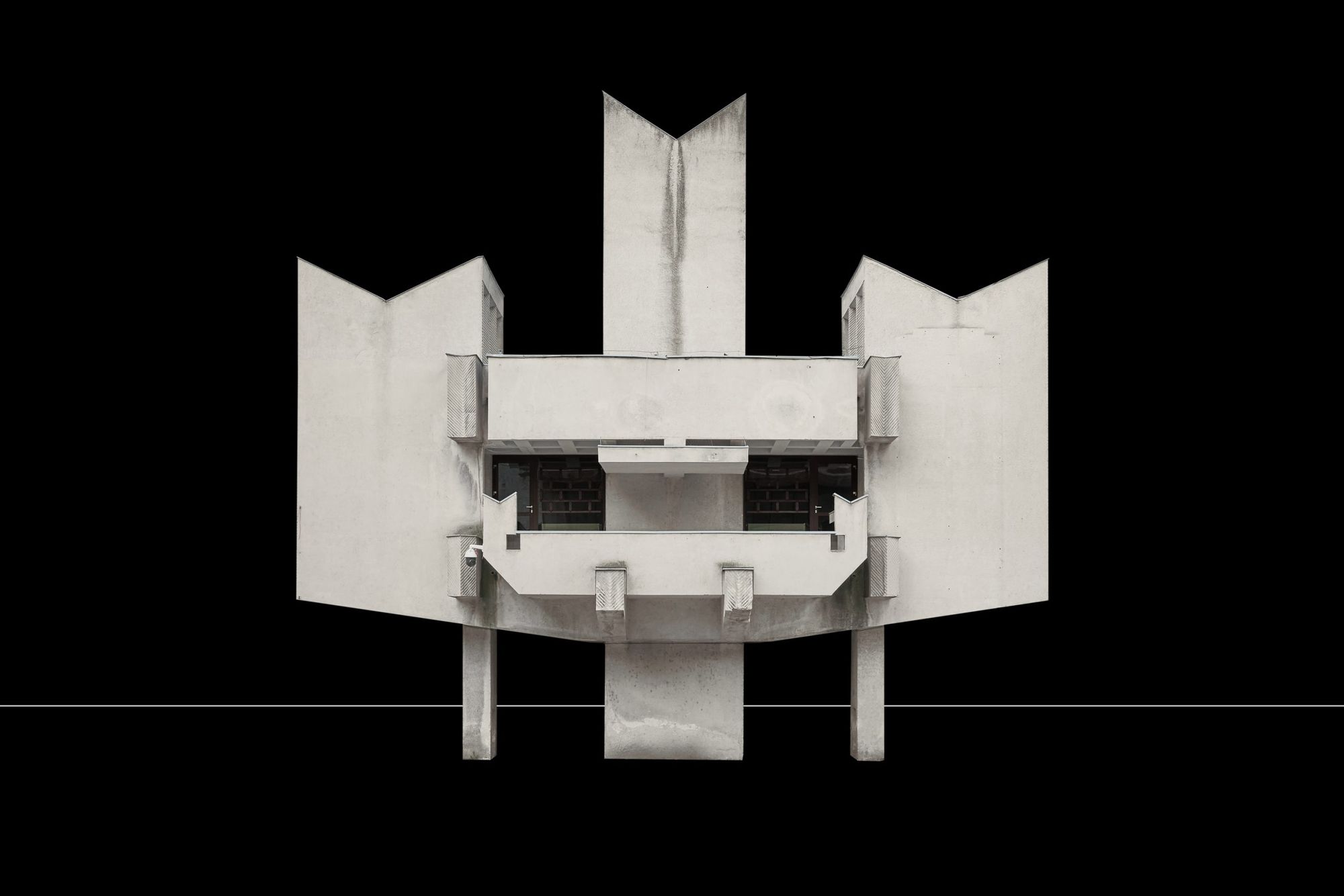
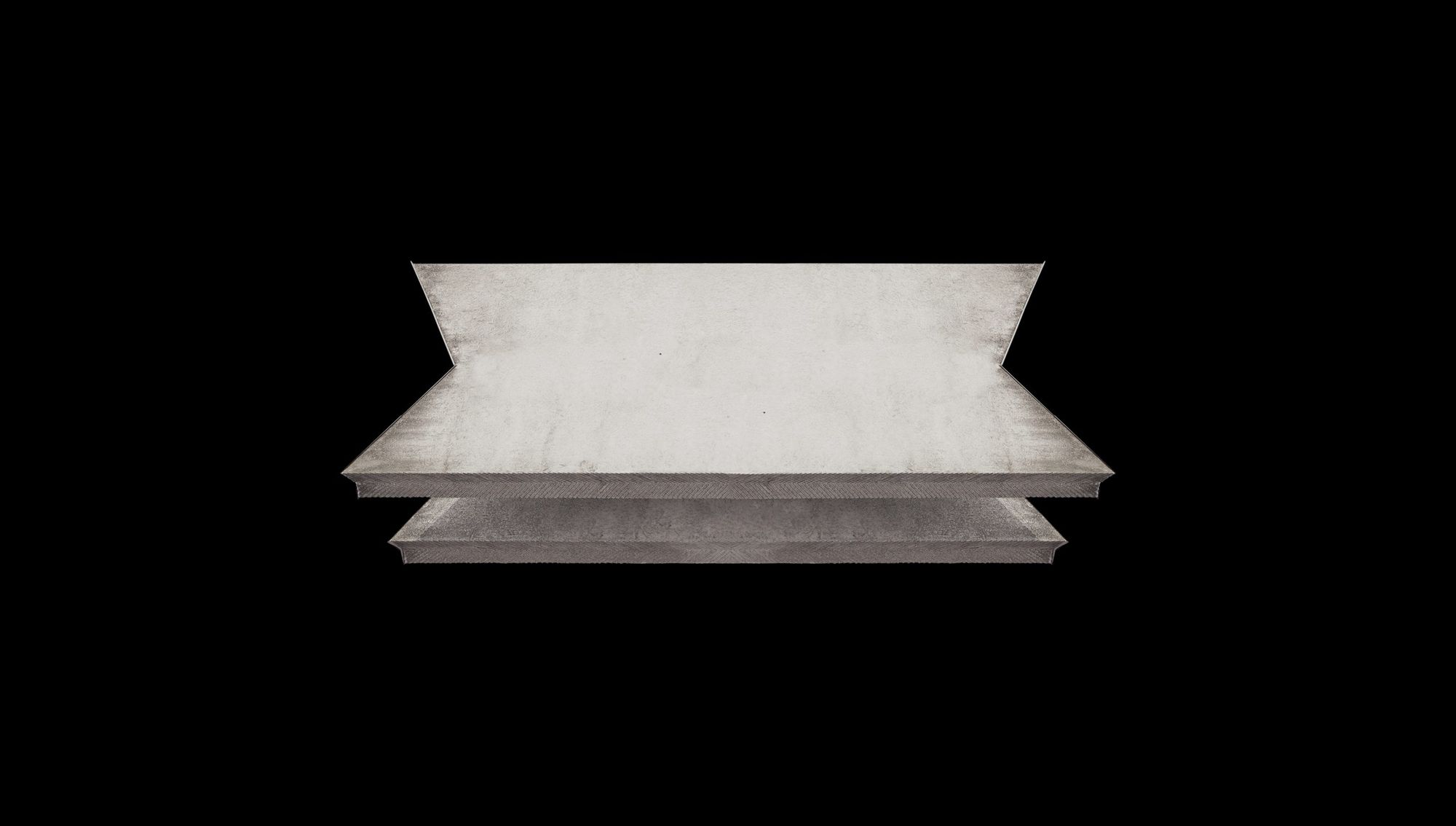
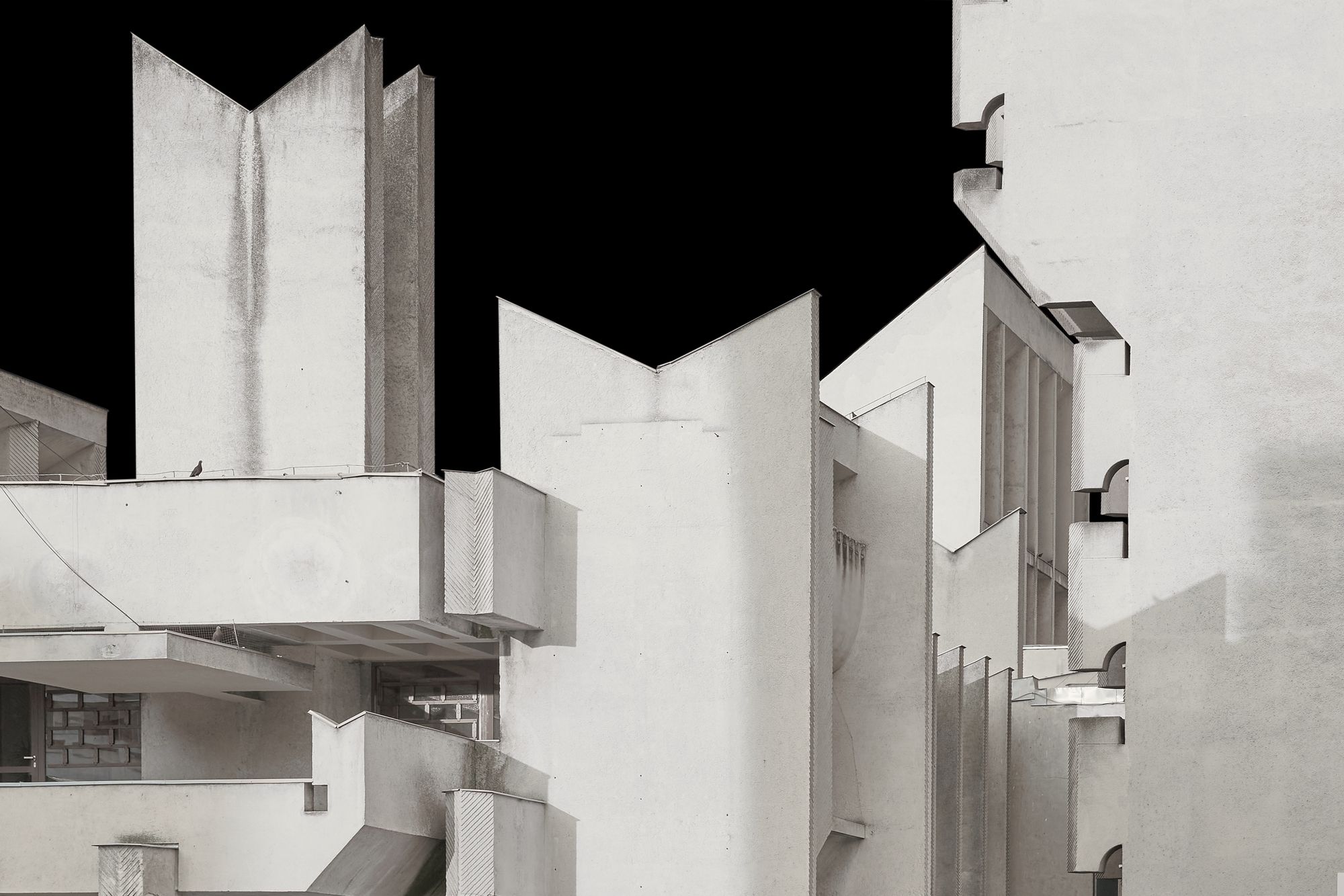
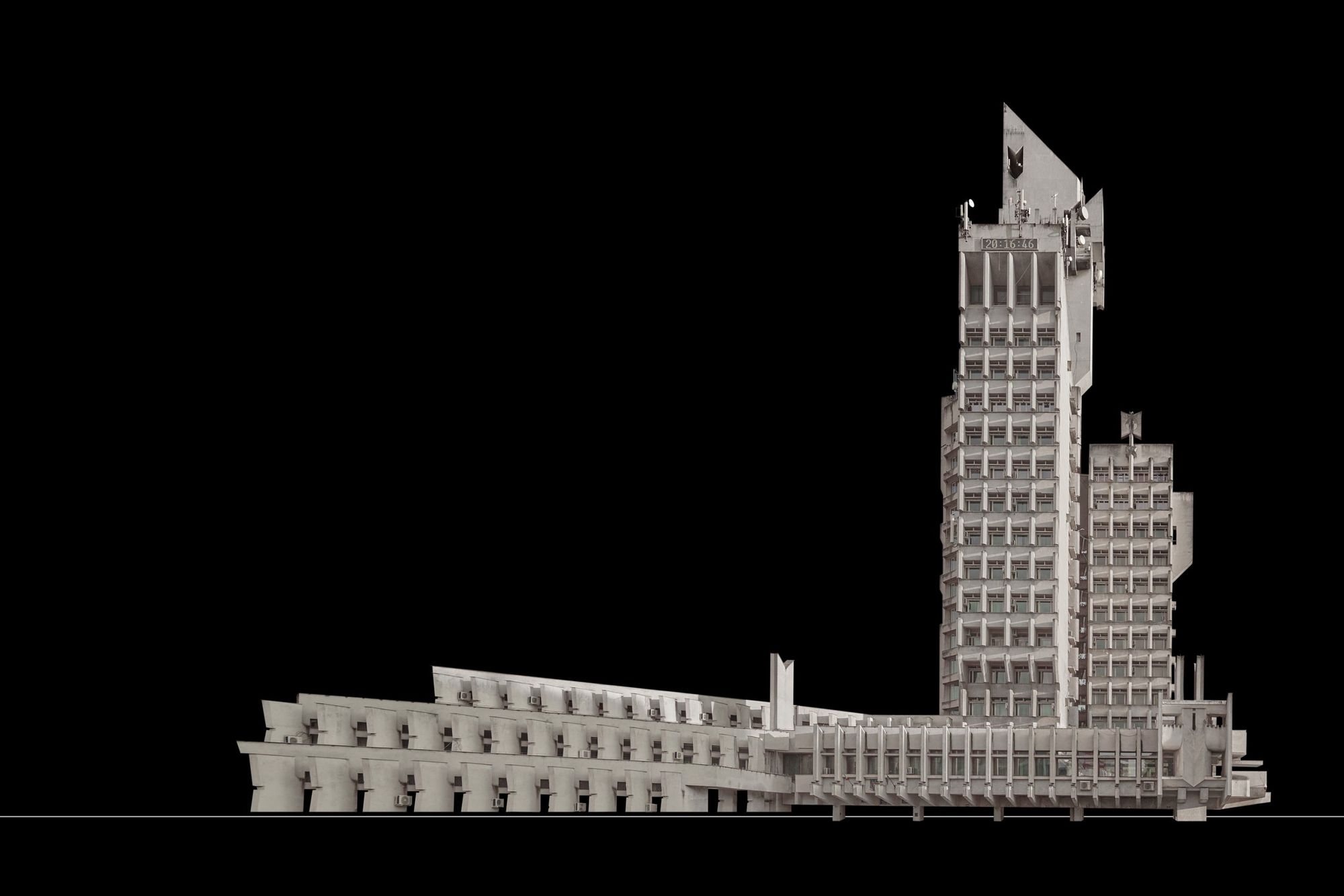
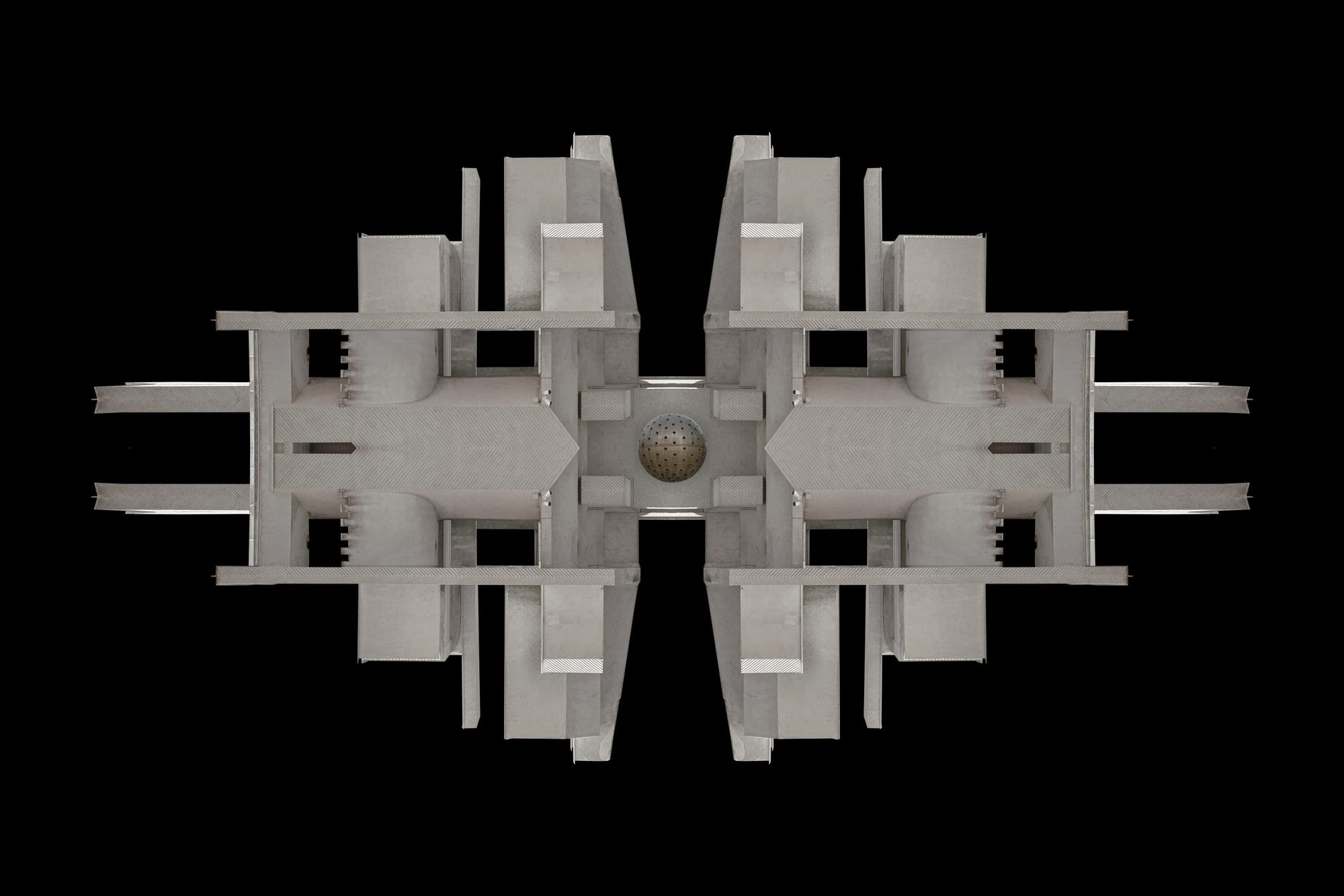
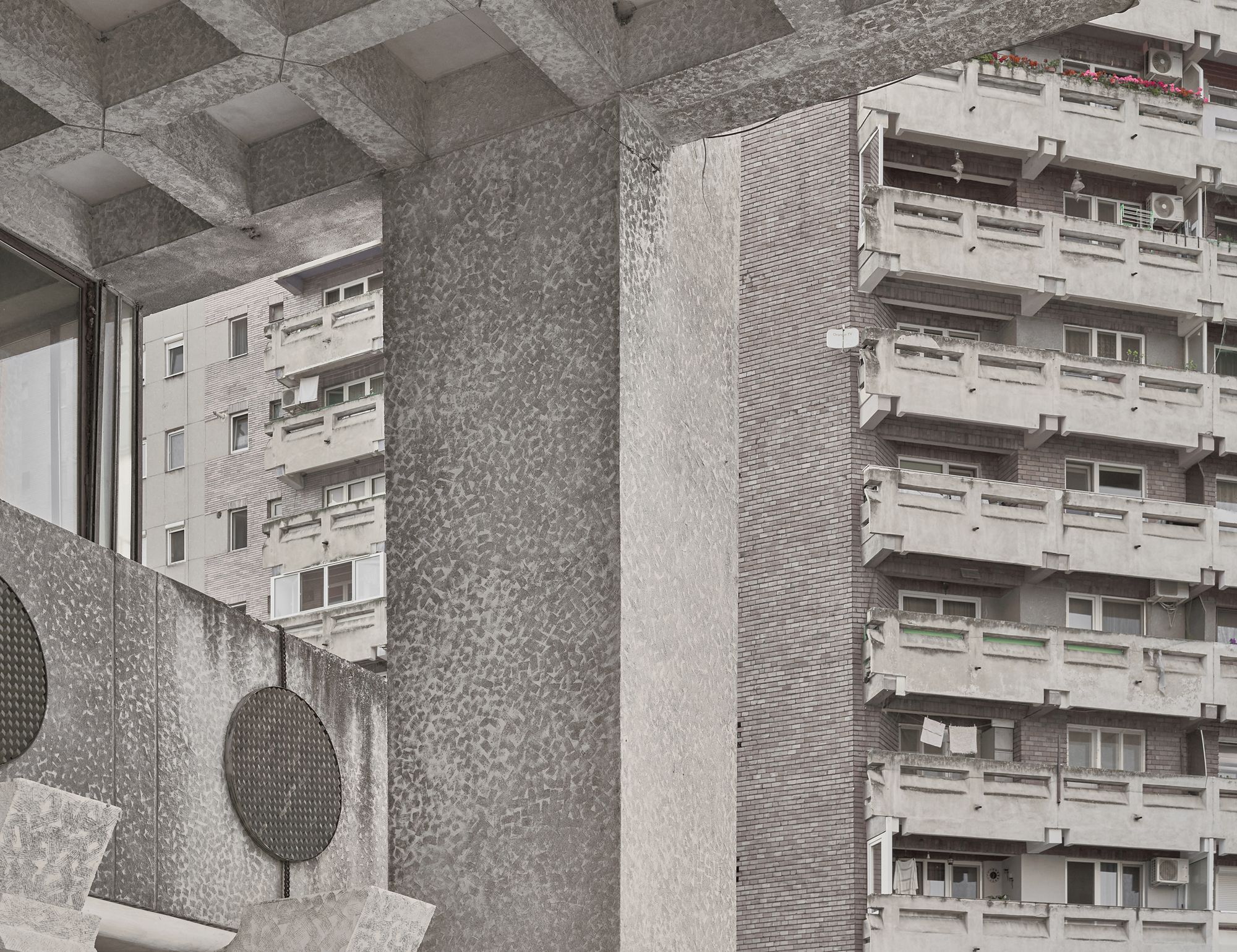

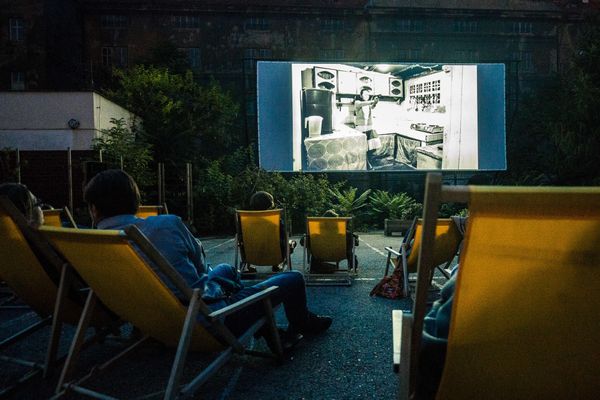
Special open-air cinemas | TOP 5
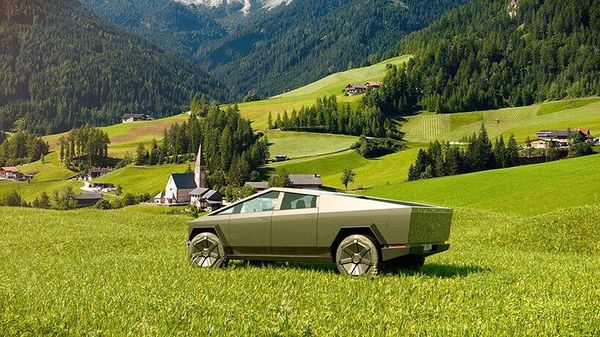
Tesla Cybertruck with a pop-up camping compartment
